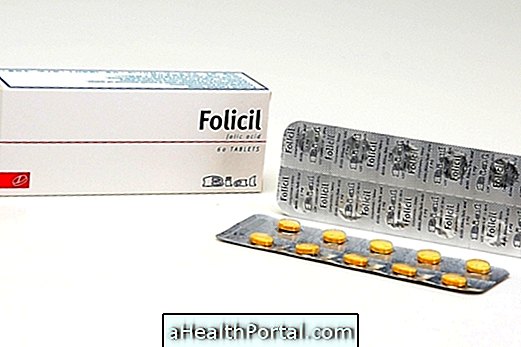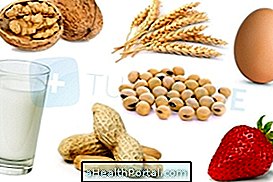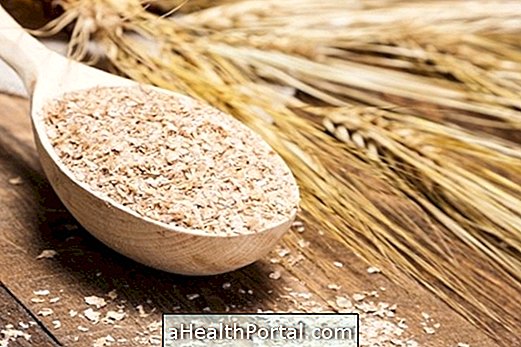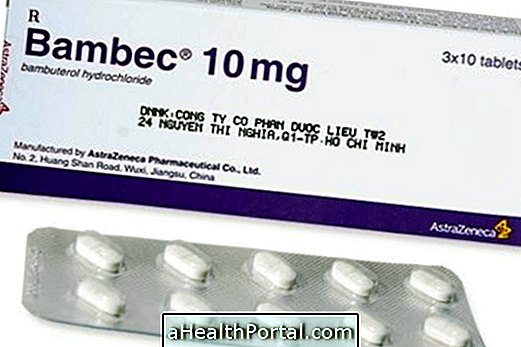Foods with low glycemic index are those that do not raise blood sugar a lot and so are good choices especially for those who want to lose weight and for diabetics as they help keep blood glucose under control.
Because they do not increase blood sugar much, these foods help in weight loss because they do not stimulate fat production, as well as being able to increase the feeling of satiety and keep hunger away for longer. Understand better what the glycemic index is and how it influences your diet and your workouts.
The glycemic index exists only for foods that contain carbohydrates, and some examples of foods with low glycemic index are:
- Milk, yogurts and cheeses;
- Whole grains such as whole wheat flour, oats, oat bran, muesli;
- Legumes: beans, soybeans, peas, chickpeas;
- Wholemeal bread, whole noodles, corn;
- Fruits and vegetables in general.
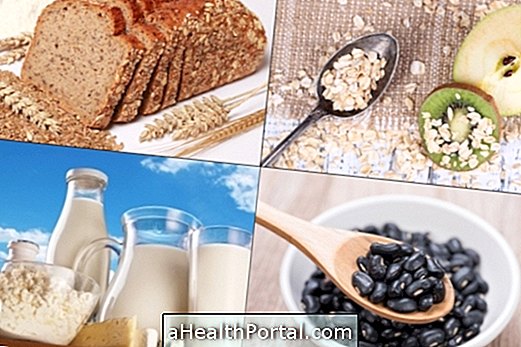
All these foods have a glycemic index lower than 55 and so are considered low glycemic index foods. When the glycemic index ranges from 56 to 69, the food is classified as having a moderate glycemic index and, above 70, a high glycemic index. See glycemic index values of foods in: Complete Table of Glycemic Index.
Low Glycemic Index Menu
The following table shows the example of a 3-day low-glycemic index.
| Meal | Day 1 | Day 2 | Day 3 |
| Breakfast | Natural yogurt with All Bran type cereals | 1 glass of coffee with milk without sugar + 1 slice of whole grain bread with egg | Coffee without sugar + 2 eggs omelette with cheese |
| Morning snack | 2 kiwis + 5 cashew nuts | 1 glass of green juice with apple, kale, lemon and linseed | 1 pear + 4 wholemeal cookies |
| Lunch dinner | 3 tablespoons brown rice + 2 bean sticks + 1 chicken fillet + green salad | Squash with ground beef + salad + 1 orange | Whole tuna pasta with vegetables and tomato sauce + 1 slice of pineapple |
| Afternoon snack | Brown bread sandwich with cheese + 1 cup of tea | 1 yogurt with chia + 3 whole-grain toast | Papaya vitamin with 1 tablespoon flaxseed |
In general, low-carb diets are composed of foods with a low glycemic index, since in addition to reducing the consumption of carbohydrates, this type of diet has a preference for the consumption of whole foods, such as beans, rice and pasta. In addition, always consume food sources of protein like yogurt, egg and meats in general reduces the glycemic load of the meal, increases satiety and does not stimulate the production of fat in the body, being a good strategy to help weight loss.
Fruits with low glycemic index
Most fruits have a low glycemic index, such as apple, kiwi, strawberry, plum and unsweetened juices, for example. However, fruits like raisins and watermelons have a medium to high glycemic index, and it is important not to consume them along with other high glycemic index foods.
However, it is important to remember that although fruits have a low glycemic index, you should not consume more than one serving of fruit per meal as this increases the amount of carbohydrates and sugars in the meal, increasing the glycemic index and the effect on blood glucose.
Sweet potato does not have low glycemic index
Sweet potatoes have glycemic index 63, which is a mean value in the glycemic index rating. However, it was famous for helping to lose weight and gain muscle because it is a tasty, easy-to-use food that at the same time gives energy to the workout without stimulating fat production in the body.
The combination of chicken and sweet potatoes is a great choice for having a low-fat, low-calorie, nutrient-rich meal that gives energy and satiety. See all the benefits of sweet potatoes.
